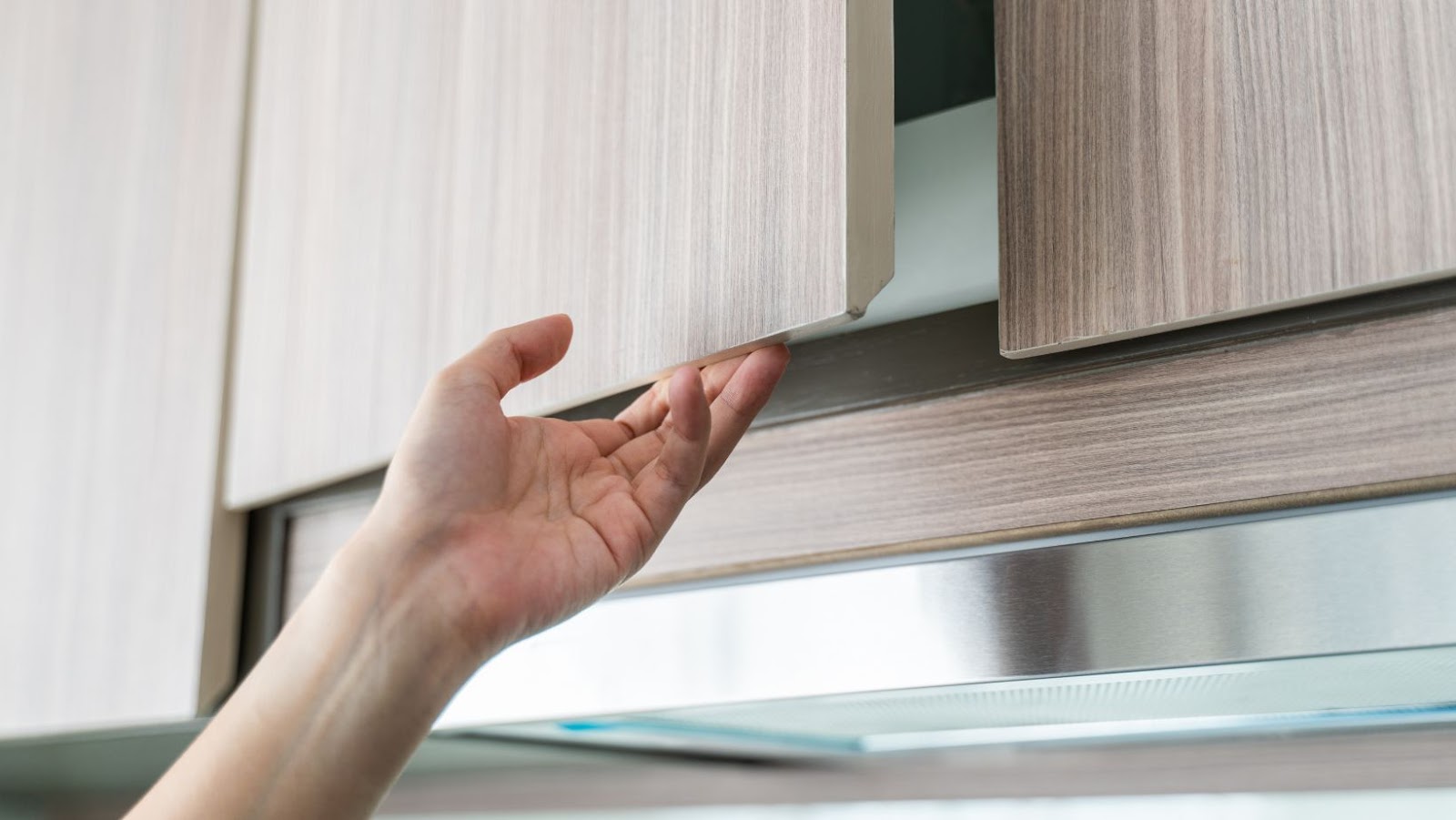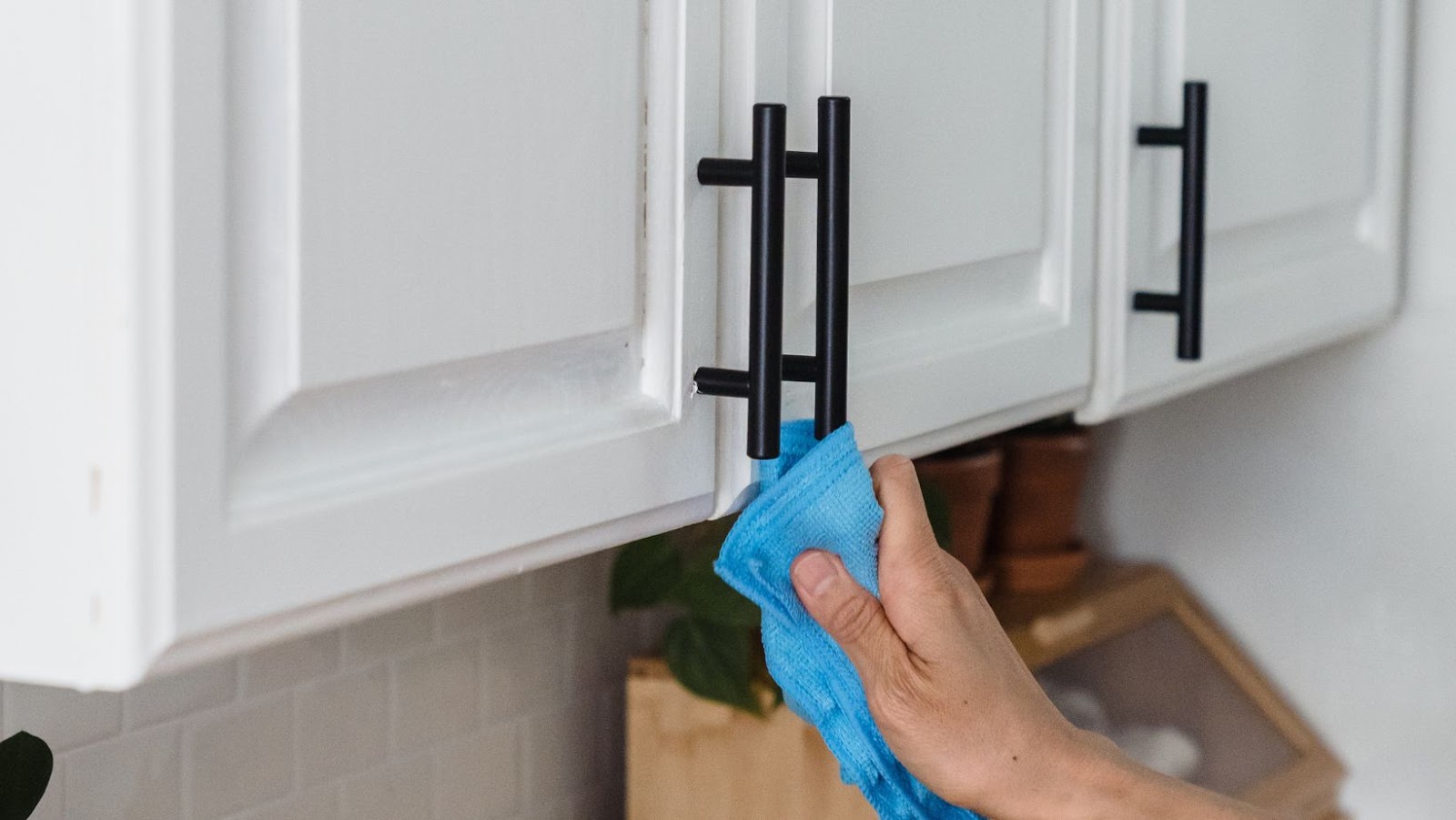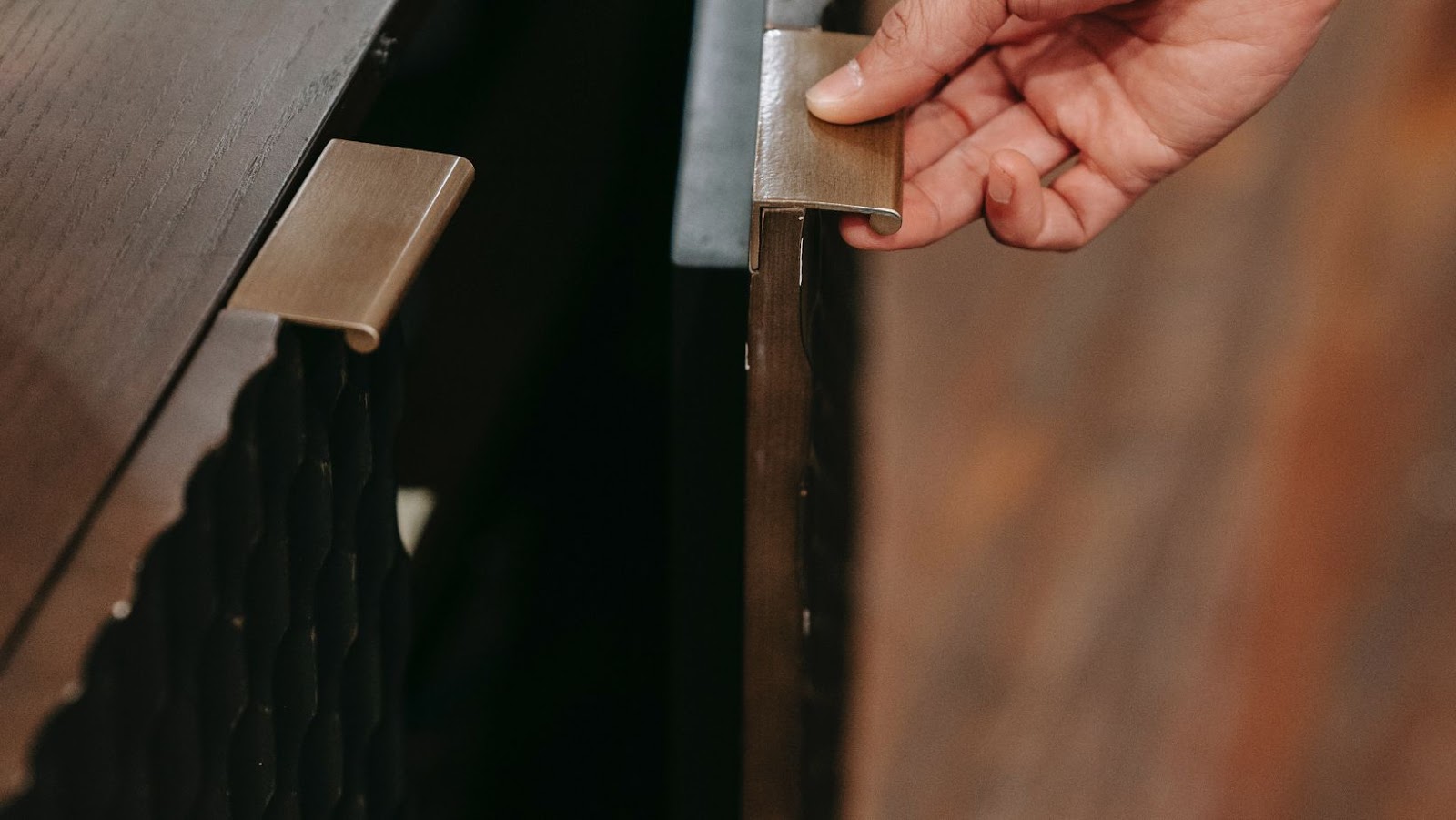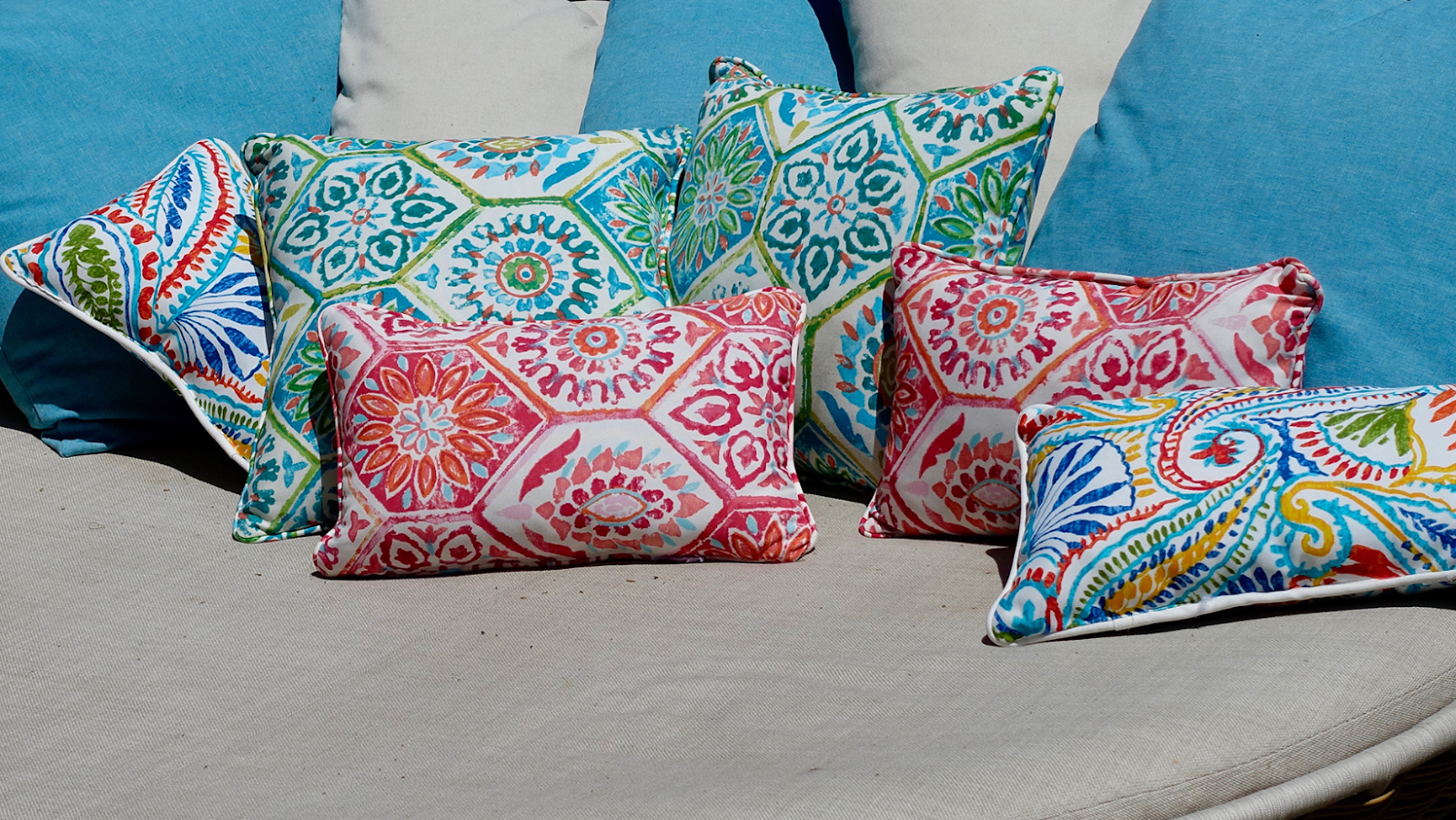Cabinet Door Thicknesses For Mass-Produced Doors

The thickness of cabinet doors is an important factor to consider when designing a kitchen or bathroom remodel. Cabinet door thickness can range from 1/4 inch to 1-3/4 inch, and is generally determined by the door size, number of doors in the cabinet, and the application, such as a kitchen or bathroom cabinet.
In this article, we will look further into the dimensions, dimensions of each type of cabinet door, and provide advice on which thickness is best for mass-produced doors.
How Thick Are Cabinet Doors
When it comes to mass-produced cabinet doors, there are typically three standard thickness options available: ¾ inch, ⅝ inch, and ½ inch.
The ¾ inch cabinet door is the thickest and sturdiest option, making it the best choice for heavy-duty use, such as in a busy kitchen. The ⅝ inch door is a mid-range option, providing good durability without being quite as heavy as the ¾ inch door. The ½ inch door is the lightest and most budget-friendly option; while still durable, it may not hold up as well under heavy use.

Keep in mind that custom cabinet doors can be made in any thickness you desire, allowing for a fully personalised look and feel. However, be aware that non-standard thicknesses may come with additional costs.
Why The Thickness of Cabinet Doors is Important
The thickness of cabinet doors is an essential factor in determining the appearance, durability, and functionality of your cabinet. Cabinet door thicknesses may vary based on factors such as the materials used, the desired aesthetic, and the intended function. Mass-produced cabinets typically have doors with standard thicknesses of about ¾ inch or ⅝ inch. However, custom cabinets offer more flexibility, allowing you to choose thicknesses up to 1¼ inches.
The thickness of the cabinet door determines its sturdiness, the ability to hold and handle its weight, and its overall durability. A thicker door will also dampen the noise generated when you open or close it, and it will provide better insulation to keep the items stored inside at a consistent temperature. Therefore, when choosing your cabinet doors, it is important to consider the thickness of the doors based on your specific needs and preferences.
Pro Tip: Opt for thicker cabinet doors if you want a more durable and sturdy option that can handle heavier items and lasts longer.
Factors That Can Impact Cabinet Door Thickness
The thickness of cabinet doors depends on several factors, including the style of the door, the material used to make the door, and the level of customization required for the project.
Cabinet door thicknesses for mass-produced doors can range between 3/4 inch to 1 inch, with most cabinets falling into the 3/4 inch range. Thicker doors are more durable and sturdy, but they may not fit as easily into the cabinet frame or require specialised hinges or hardware. Thinner doors are more cost-effective, but they may warp or crack over time if not made from high-quality materials.
When choosing a cabinet door thickness, consider your budget, your design preferences, and the intended use of the cabinets.
Common Cabinet Door Thicknesses
Cabinet doors are typically made from solid wood or plywood, and the thickness of the door may vary depending on the type of cabinet door you choose. Generally speaking, mass-produced cabinet doors range from 0.5 inches to 1.5 inches thick.
In this article, we’ll go into more detail about the standard cabinet door thicknesses and what you should consider when making your decision.
Understanding In-Stock or Mass-Produced Cabinet Door Thickness Options
When it comes to in-stock or mass-produced cabinet doors, there are two common thickness options to choose from.
1/2-inch Thickness: This is the standard thickness for most cabinet doors. It is durable and can withstand daily wear and tear. Doors with a 1/2-inch thickness provide high-quality sound insulation and are perfect for kitchens and bathrooms.
3/4-inch Thickness: This is a premium thickness option that provides extra strength and durability to cabinet doors. These doors can handle heavy items and are often used in high-end kitchens and bathrooms.
Choosing the right thickness for your cabinet doors depends on your budget, personal preference, and intended use. If you need doors that can withstand heavy use and provide extra strength, then opt for 3/4-inch thick cabinet doors. However, if you want a standard, durable option that can handle daily wear and tear, then go with 1/2-inch thick doors.
Standard Thicknesses For wood Cabinet Doors
The standard thickness for wood cabinet doors is ¾ inch or 1 inch, depending on the type of door and its intended use.

¾ inch thickness is common for most mass-produced cabinet doors, which are often made from MDF or plywood. This thickness is suitable for most kitchen cabinets and is less expensive to manufacture.
1 inch thickness is preferred for custom cabinet doors made from hardwoods, such as cherry, maple, or oak. This thickness provides added durability and stability and is perfect for heavy doors with glass inserts.
When selecting a cabinet door thickness, consider factors such as the door size, weight, and material, as well as the overall style and aesthetic of your kitchen.
Pro tip: To ensure that your cabinet doors are durable and long-lasting, choose high-quality materials and have them installed by a professional.
Common Thicknesses For Laminate or Engineered Wood Cabinet Doors
Laminate or engineered wood cabinet doors are commonly used in homes and offices. Here are the most common thicknesses for these types of cabinet doors:
1. 5/8 inch thickness: This thickness is often used for more affordable mass-produced doors. However, it may not be as durable as thicker cabinet doors.
2. 3/4 inch thickness: This thickness is considered the standard size for cabinet doors. It provides a great balance between durability and affordability.
3. 1 inch thickness: This thickness is commonly used for high-end, custom-made cabinet doors. It is ideal for large and heavy doors as it offers added stability and durability. Pro tip – It’s important to choose the right thickness for your cabinet doors to ensure longevity and value for money.
Choosing The Right Cabinet Door Thickness For Your Project
Cabinet doors come in a variety of thicknesses, and if you’re not familiar with the options, it can be difficult to decide on the right thickness for your project. The thickness of a cabinet door can affect the overall look of a piece of furniture, so it’s important to get it right.
In this section, we’ll discuss the different types of thicknesses that are available for mass-produced doors. We’ll also highlight the pros and cons of each so that you can make an informed decision when selecting the right door for your project.
How to Determine The Ideal Thickness For Your Cabinet Doors
When determining the ideal thickness for your cabinet doors, there are several factors to consider. For example, the thickness of your cabinet door affects its durability, stability, and overall aesthetics. Some people opt for thinner doors to give their cabinets a more modern and sleek look, while others go for thicker doors for a more traditional and robust feel.
For mass-produced cabinet doors, common thickness options include 1/2 inch, 5/8 inch, and 3/4 inch. However, customised cabinet doors can range from 1/4 inch to 1 inch in thickness.
Key considerations when choosing the thickness of your cabinet door include the size of the door, the weight, and the expected wear and tear. Additionally, considering the type of wood used for the doors will affect the ideal thickness.
Ultimately, selecting the right thickness depends on personal preference and the overall design and functionality of the room.
When to Consider a Non-Standard Thickness For Cabinets
Non-standard thickness for cabinets can be considered when you want to achieve a specific look or functionality in your kitchen or bathroom design. While standard cabinet door thickness is ¾ inch, non-standard thicknesses can range from ⅝ inch to 1 ¼ inches.
Here are some scenarios where you may consider non-standard thickness for your cabinets:
1. To achieve a custom look: Non-standard thicknesses can give your cabinets a unique and high-end look that stands out from standard cabinets.
2. To improve cabinet durability: Thicker doors can improve the strength and sturdiness of your cabinets.
3. To improve sound reduction: Thicker doors can help reduce noise transmission between rooms.
For mass-produced doors, standard thicknesses may be more cost-effective and practical. However, if you want something specific, custom doors can come in any thickness you desire.
Factors to Keep in Mind When Selecting The Thickness of Your Cabinet Doors
Choosing the right cabinet door thickness is essential to ensure that your project has the look and functionality that you desire. Here are some factors to keep in mind when selecting the thickness of your cabinet doors.
Materials: The materials used to construct your cabinet doors will determine their weight and durability. The thicker the cabinet door, the more substantial the materials used can be, and the sturdier the finished product will be.
Style: The style of the cabinets you are building or remodelling should also influence the thickness of the doors you choose. Contemporary styles may suit thinner doors, while traditional styles often require thicker doors to match the aesthetic.
Functionality: The thickness of your cabinet doors will affect how well they function. Thicker doors are often more durable and can better handle wear and tear from daily use.
Mass-produced cabinet doors typically range between 3/4 inch to 1 inch in thickness to balance cost, aesthetics, and functionality. Keep in mind that custom-built cabinets may require thicker or thinner doors depending on design specifications.

 The Benefits Of Outdoor Sofa Deep Seating
The Benefits Of Outdoor Sofa Deep Seating  This Method has Been Used for Centuries
This Method has Been Used for Centuries  The Different Types of Bonds
The Different Types of Bonds  Solar Panel Cost And Efficiency
Solar Panel Cost And Efficiency  The Most Comfortable Deep Seating Outdoor Furniture
The Most Comfortable Deep Seating Outdoor Furniture  Maintaining Your Glass Cabinet Doors
Maintaining Your Glass Cabinet Doors